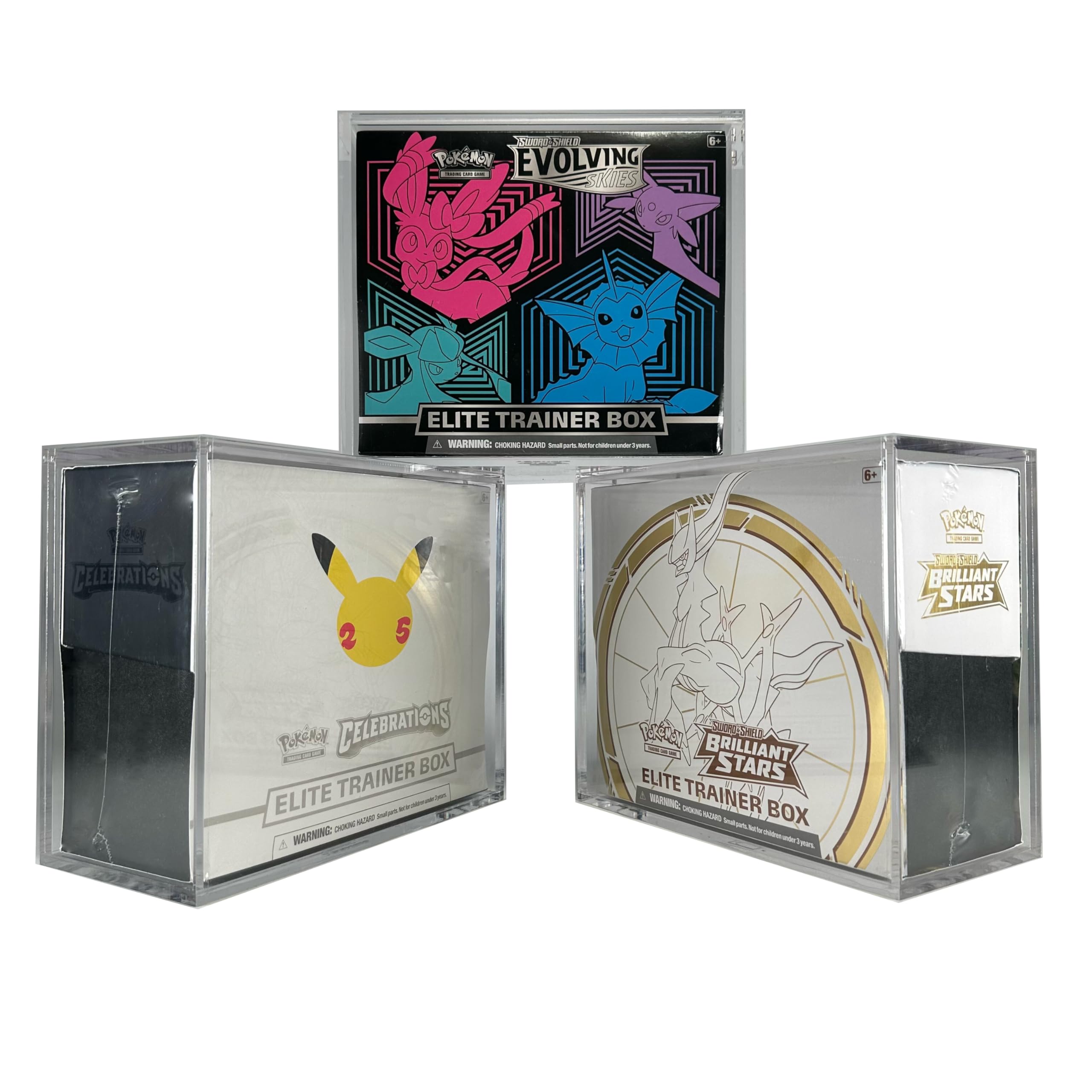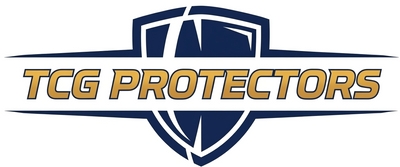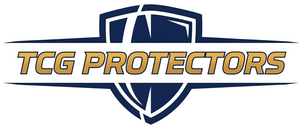Welcome to the ultimate guide on magic standard decks! While the epic multiplayer vibes of Commander draw crowds, the heart of competitive Magic: The Gathering (MTG) beats in Standard. This premier 1v1 format is a fast-paced, ever-evolving arena where strategy, efficiency, and meta knowledge reign supreme. Perfect for Friday Night Magic, tournaments, or MTG Arena ranked play, Standard challenges you with 60-card decks, 20 life totals, and a rotating card pool from recent sets like Edge of Eternities and Final Fantasy.
For a player accustomed to the leisurely pace of a Commander game, stepping into the world of Standard can feel like moving from a casual marathon to a high-stakes sprint. With 60-card decks, 20 life, and a curated pool of the most recent cards, the format demands precision and a deep understanding of the competitive landscape, known as the "metagame."
If you're transitioning from casual formats or just starting, standard MTG decks demand precision and adaptability. This guide dissects Standard rules, analyzes the best magic standard decks in the meta, and offers budget builds to get you competing without breaking the bank. Whether you're hunting top standard meta decks or budget magic standard decks, we've got the blueprint to elevate your game and rank higher in searches.
What is Standard MTG? Essential Rules for Building Magic Standard Decks

Standard is defined by its rotation. The format only uses cards from the sets released in the last few years, and once a year, the oldest sets are rotated out to make way for the new. This constant cycle ensures the format never becomes stale. A deck that dominates today might be obsolete tomorrow, creating a fresh puzzle for players to solve with each new release.
Key rules for crafting magic standard decks:
-
Deck Size: Unlike Commander's 100-card singleton rule, Standard decks have a 60-card minimum. For consistency, you should always stick to exactly 60 cards.
-
The Rule of Four: You can play up to four copies of any single card (except basic lands). This allows for highly consistent and focused strategies.
-
Life Total: Players start at 20 life, making the games faster and more aggressive than a typical Commander match.
-
Sideboards: In competitive, best-of-three matches, players have a 15-card sideboard. Between games, you can swap cards from your sideboard into your deck to adapt to your opponent's strategy.
Standard MTG thrives on rotation, using cards from the last 5-8 sets. In fall 2025, older sets rotate out, keeping the format fresh and preventing dominance. This cycle sparks innovation with each release, like the recent Edge of Eternities impacting the meta. Master these for standard deck building success and dominate the metagame.
Understanding the MTG Standard Metagame: Key to Top Magic Standard Decks

The "metagame" is the game outside the game. It’s the ecosystem of the most popular and powerful decks being played at any given time. Understanding the meta is crucial in Standard because it tells you what to expect. If the most popular deck is a fast, aggressive creature strategy, you know that your deck needs a plan to survive the early game. If control decks are dominant, you need a way to fight through counterspells and removal. The Standard metagame is a constant dance of strategies, counters, and counter-counters.
A Snapshot of the Standard Metagame (August 2025)
The Magic Standard Deck format is defined by a few powerful pillars. Any deck hoping to succeed must have a plan for these top-tier strategies.
-
Izzet (Blue/Red) Prowess & Cauldron: The undisputed king of the format. This deck leverages a high density of cheap spells like and to trigger the "prowess" ability of creatures like . A popular variant also uses to create a resilient and explosive threat by exiling powerful creatures from the graveyard and granting their abilities to its own creatures. It's fast, consistent, and can win from multiple angles.
-
Azorius (White/Blue) Control: The classic "no" deck. Azorius Control aims to counter, remove, or otherwise neutralize every threat the opponent presents. Key spells include to counter early plays and to reset the board. It wins the long game with powerful planeswalkers like or by creating an army of creature tokens with lands like .
-
Dimir (Blue/Black) Midrange: A flexible and powerful strategy that combines efficient threats with hand disruption. Cards like can strip key cards from an opponent's hand, while evasive creatures apply constant pressure. The deck is a master of adaptation, able to play aggressively against control or defensively against aggro.
Building Your First Magic Standard Deck: The Blueprint for Success

Building a 60-card deck requires a different mindset than brewing a 100-card Commander list. The focus shifts from broad synergy to ruthless efficiency and consistency.
-
Consistency is King: The "Rule of 60" and the "Rule of 4" are your guiding principles. A 60-card deck maximizes your odds of drawing your best cards. Playing four copies of your most important spells ensures you see them as often as possible.
-
The Mana Curve is Everything: A smooth mana curve—the distribution of cards by their mana cost—is the single most important factor in a deck's success. You must be able to use your mana efficiently on every turn. An aggressive deck will have a curve loaded with one and two-mana spells, while a control deck will have a higher curve to accommodate its powerful late-game spells.
-
The Mana Base Matters: In a format as fast as Standard, you cannot afford to have your lands enter the battlefield tapped. Prioritizing dual lands that can enter untapped (like the "shock lands" or "fast lands") is one of the most significant upgrades you can make to any multi-color deck.
Best Budget Magic Standard Decks: Compete Without Spending Big

You don't need a collection of expensive mythic rares to win at your local game store. Mono-color aggressive decks are consistently one of the most effective and affordable ways to compete in Standard. Their focused game plan and perfectly consistent mana base allow them to punish slower, more expensive decks.
Deck Guide 1: $65 Mono-Red Goblins
This deck is the epitome of the Mono-Red Aggro philosophy: swarm the board with cheap creatures and leverage powerful tribal synergies to win the game before your opponent can stabilize.
-
Strategy: The game plan is to deploy a critical mass of Goblins in the first few turns. Then, you use "lord" effects like to boost their power and toughness. The deck's secret weapon is its ability to grant haste with cards like , allowing a game-winning threat like to make an immediate impact, often creating an insurmountable army of Goblin tokens out of nowhere.
-
Key Cards:
-
**: ** The deck's most powerful threat. Tapping Krenko creates a number of 1/1 Goblin tokens equal to the number of Goblins you already control.
-
**: ** This new card from Aetherdrift is a key enabler, providing the haste necessary to make your Goblins immediately dangerous.
-
**: ** The primary Goblin "lord" that turns your swarm of small creatures into a formidable attacking force.
-
-
Why it's good: This deck has a proactive, straightforward game plan that is easy to learn. It is incredibly fast, capable of winning as early as turn four, and its "go-wide" strategy makes it resilient to the single-target removal spells common in the format.
Deck Guide 2: $40 Mite-y Mono-Green Stompy
This deck, often called "Stompy," follows a simple but effective formula: play creatures that are bigger and more efficient than their mana cost would suggest, and attack. This build uses a deceptively powerful one-mana creature to create explosive, out-of-nowhere wins.
-
Strategy: The deck aims to "curve out" with a sequence of undercosted, aggressive green creatures. The core synergy revolves around , a 1/1 creature whose ability can effectively double the power of any pump spell, allowing for massive, unexpected bursts of damage.
-
Key Cards:
-
**: ** The lynchpin of the deck. This one-mana 1/1 gives another attacking creature +X/+X, where X is the Mite's power. A simple targeting the Mite results in 6 additional points of damage.
-
**: ** A hyper-efficient two-mana 3/2 with haste and trample that applies significant pressure in the early game.
-
**: ** A versatile creature that can be played as a threat or used as a powerful combat trick to set up a devastating attack with .
-
-
Why it's good: This deck is powerful, consistent, and teaches important gameplay skills like combat math and the effective use of "combat tricks." Its ability to threaten lethal damage from a seemingly non-threatening board will catch many opponents off guard.
Mastering Sideboarding in Magic Standard Decks

In competitive, best-of-three Standard, your 15-card sideboard is one of your most potent weapons. After the first game, you have the opportunity to tailor your deck to better combat your opponent's strategy. A well-constructed sideboard can turn a bad matchup into a favorable one.
Common sideboarding strategies include:
-
For Aggro Matchups: Bringing in more cheap removal spells or creatures with lifelink.
-
For Control Matchups: Swapping out slow removal spells for hand disruption (like ), uncounterable threats, or additional counterspells of your own.
-
Specific "Hate" Cards: Including cards that are designed to shut down a particular strategy, such as graveyard hate against reanimator decks or artifact removal against artifact-heavy strategies.
Learning to sideboard effectively is a skill that develops with experience, but simply having a plan for the top decks in the metagame will give you a significant edge.
Start Your Magic Standard Decks Journey Today
Magic standard decks offer thrilling challenges and rewards. Build a budget list, hit Friday Night Magic, and adapt to the meta. For more MTG standard deck building guides, check our blog. What's your favorite standard MTG deck? Build a budget-friendly deck, take it to your local game store for Friday Night Magic, and don't be afraid to learn from your losses. The metagame is waiting. Comment below and shuffle up!














Leave a comment